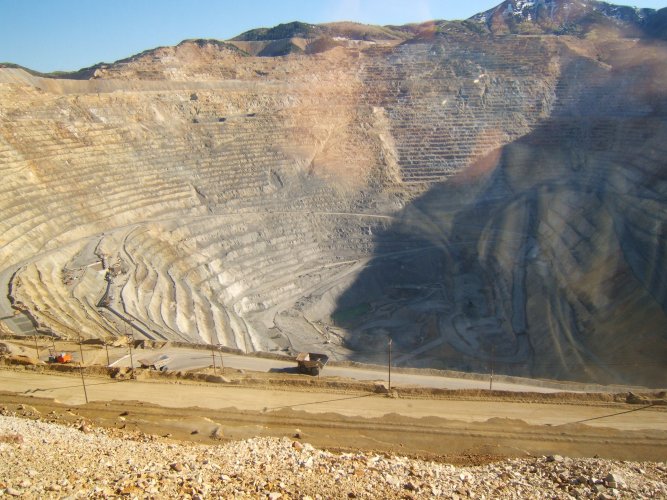
Kenecott Copper Mine and Glacier

In the Beginning ... The year was 1900. Jack Smith and Clarence Warner, two
prospectors, spotted a large green spot on the mountainside between the
Kennicott Glacier and McCarthy Creek. What looked like a patch of green grass
turned out to be one of the richest deposits of copper ore ever found! Stephen
Birch, a young mining engineer looking for Alaskan claims in 1901, was
approached by Smith to make an inspection of his findings. Eventually, Birch got
the backing of men such as the Guggenheim brothers and J.P. Morgan who bought
the existing claims. In 1906 Kennecott Mines Company was formed, which later
became Kennecott Copper Corporation. (The mining company was supposed to take
the name of the glacier which was named after Robert Kennicott, an early Alaskan
explorer, but the company name was misspelled. The town and glacier are spelled
Kennicott but the mines and company are spelled Kennecott.) The next hurdle was
to transport the copper ore from the mines to the coastal town of Cordova, where
it would be shipped to Tacoma, Washington, by the Alaska Steamship Company for
smelting. Michael J. Heney, a master railroad builder, was called upon to
oversee the construction of the Copper River Northwestern Railway. Construction
began the Spring of 1908 at Cordova and stretched 196 miles to the Kennecott
mines.
The CR & NW, though jokingly called "Can't Run and Never Will," did run; in
fact, it transported approximately 200 million dollars worth of copper ore. The
town of Kennicott began to grow quickly until there were 300 people in the mill
camp with 200 - 300 miners up in the mines about 3 miles away. A hospital, a
store, grade school, dental office, dairy, and bunkhouses were built along with
other buildings needed for the mines' operations. A recreation hall was provided
which served the residents with a variety of entertainment. There were town
dances, Christmas festivities, winter basketball games, picture shows, an
ice-skating rink, ball field, and a tennis court to name a few! Kennicott was a
company town with a reputation as being very proper and containing strict
conduct rules. Meanwhile, down the hill about 5 miles another town was being
born. McCarthy, which was originally called Shushana Junction but later renamed,
was also growing into quite a miners' and railroaders' town. Restaurants, pool
halls, hotels, saloons, two newspapers, a dress shop, a photography shop, garage
and auto repair shop, shoe shop, hardware store, and others sprung up. They
provided services to more than 800 people in the area.
Because the Kennecott Copper Corporation couldn't compete with the falling
prices of copper, they officially closed down the mines in 1938. Train service
was also discontinued. November of the same year the last train left Kennicott
for Cordova taking most of the remaining people. A few years later the Company
did an amazing thing! They voluntarily gave the CR & NW right-of-way to the
federal government in 1941. It was given for the purpose of creating a public
highway a gift to the people of Alaska. Today, Kennicott and McCarthy are
privately owned. They are surrounded by the Wrangell-St. Elias National Park and
Preserve which was established in 1980. The area has about 35 year-round
residents with more arriving for the summer tourist season.
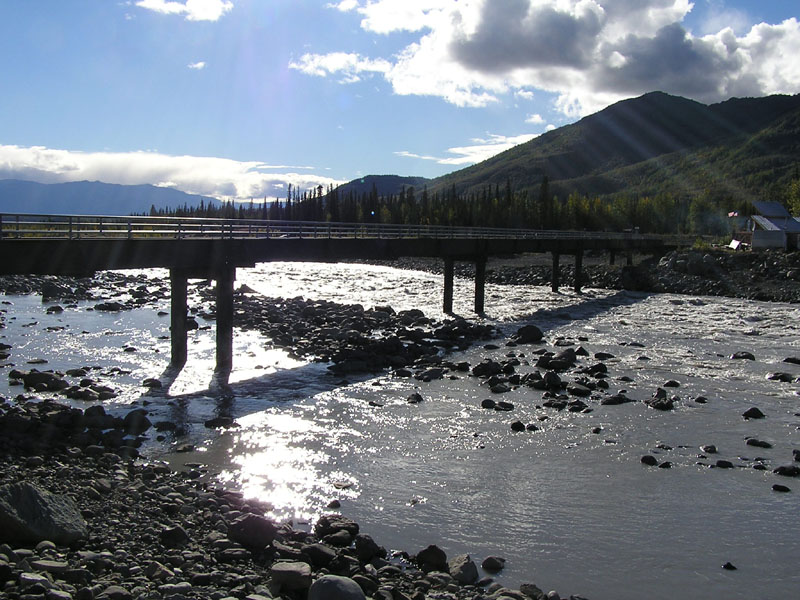

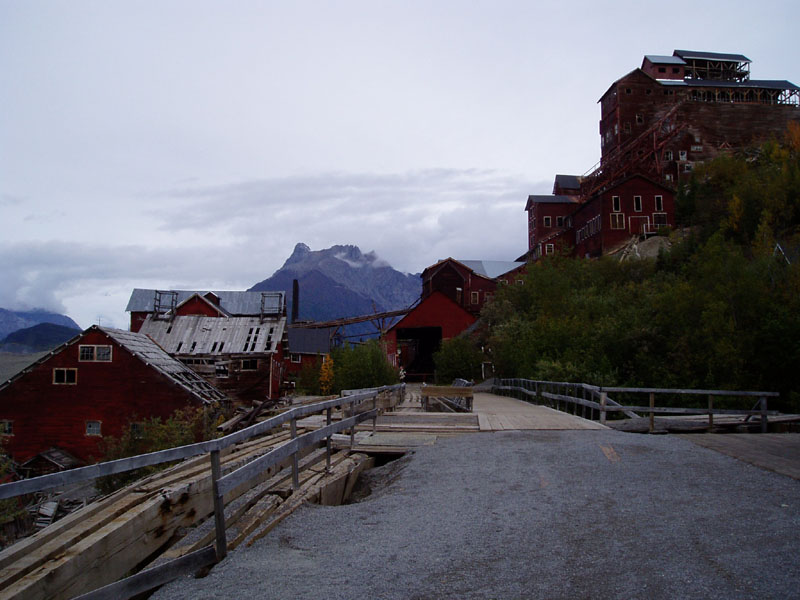

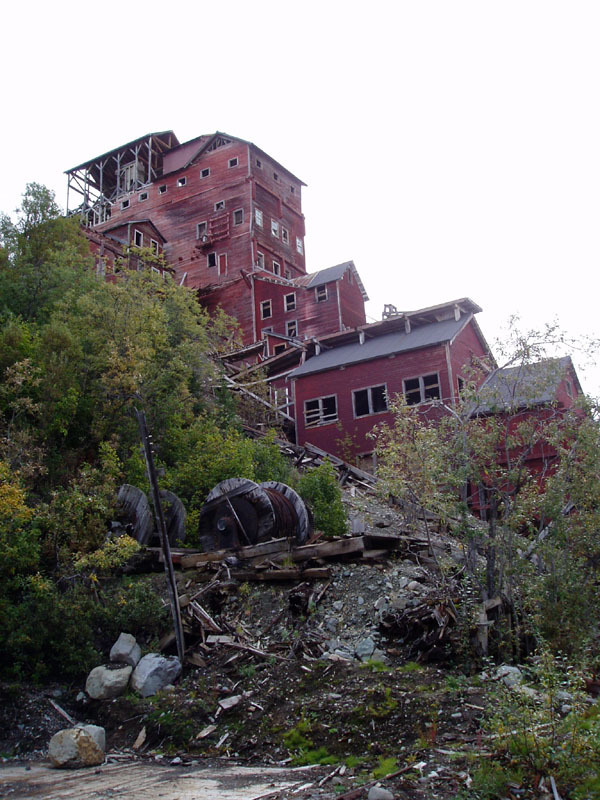
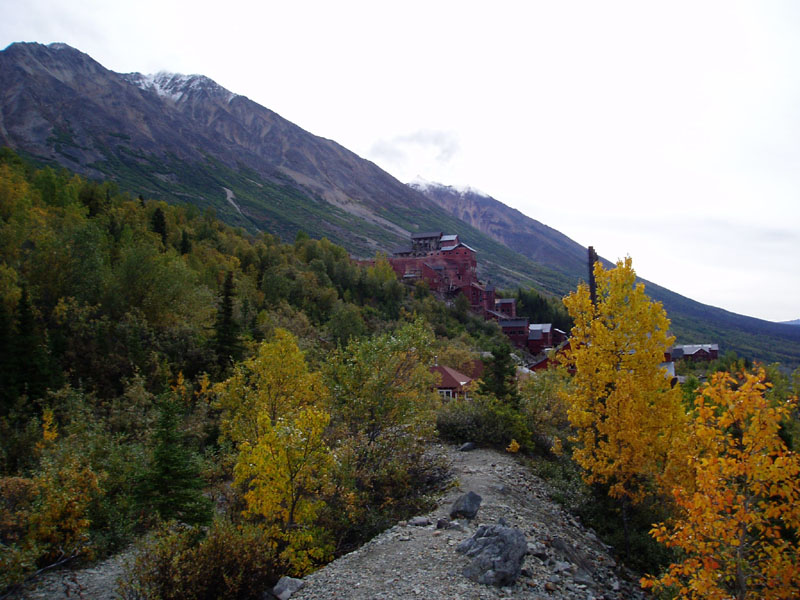
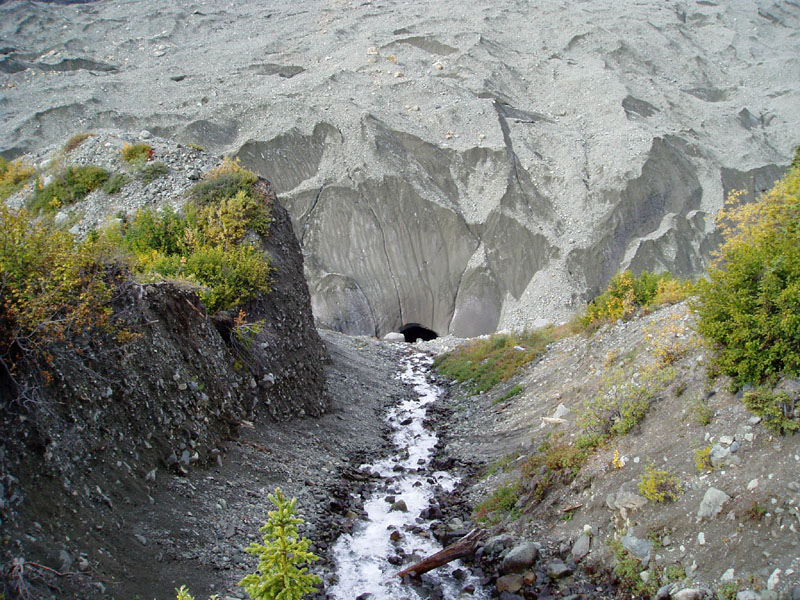
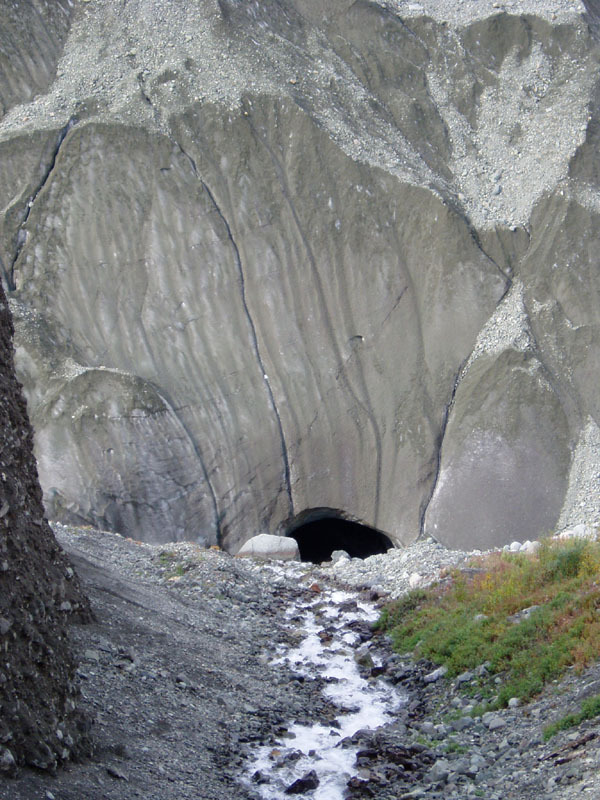
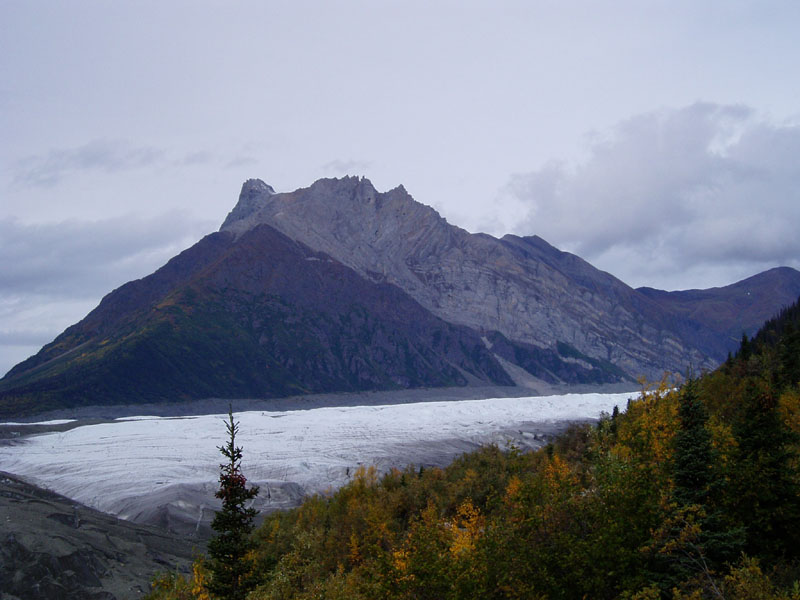

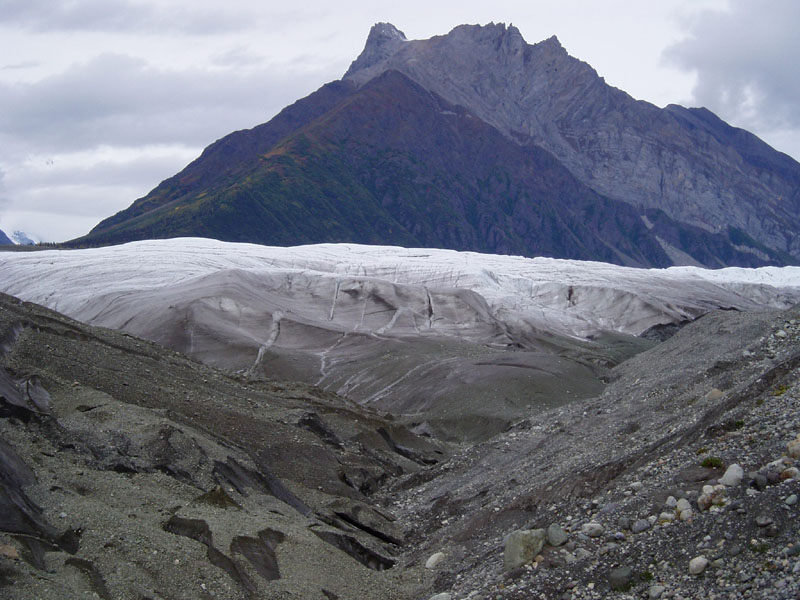

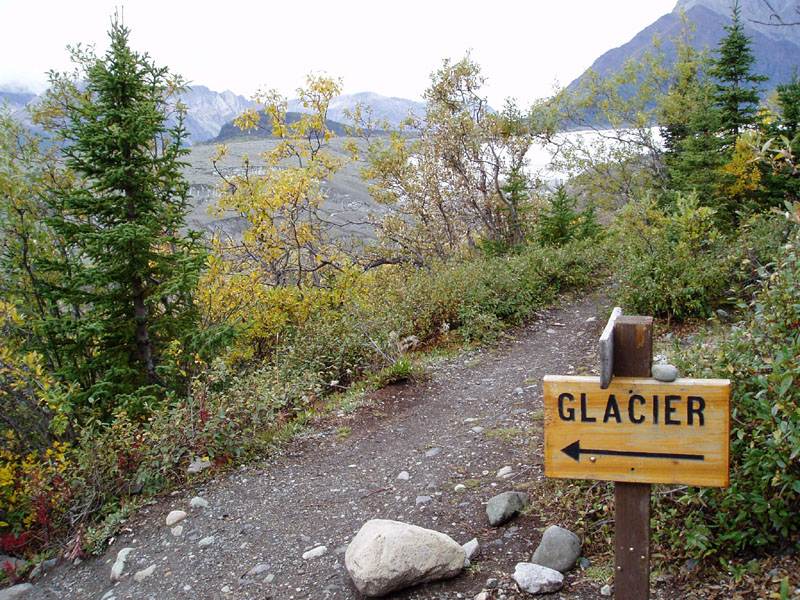
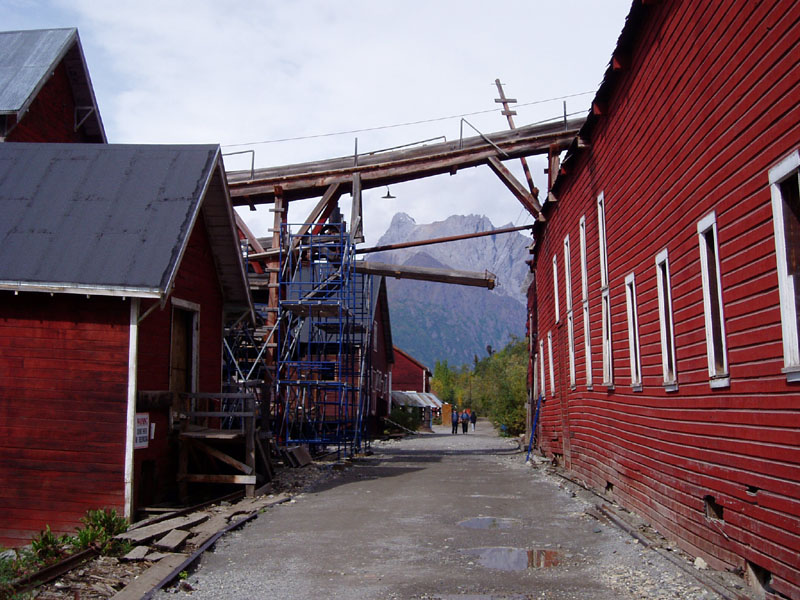




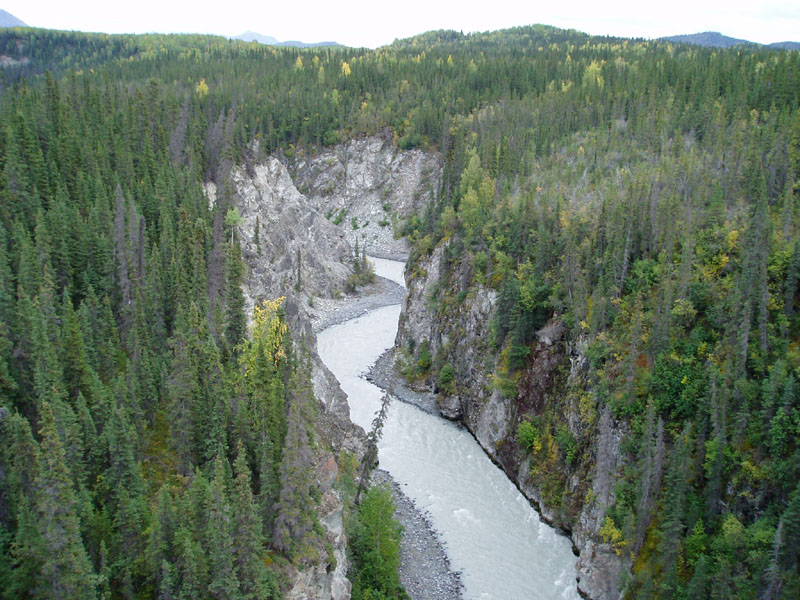

I DON'T GIVE OUT LOCATIONS. I DON'T KNOW IF THE BUILDINGS ARE FOR SALE. I DON'T KNOW IF THE BUILDINGS ARE STILL STANDING.
Check out our Forums